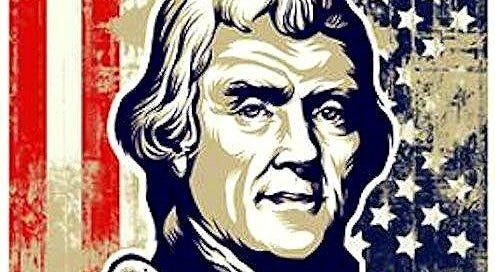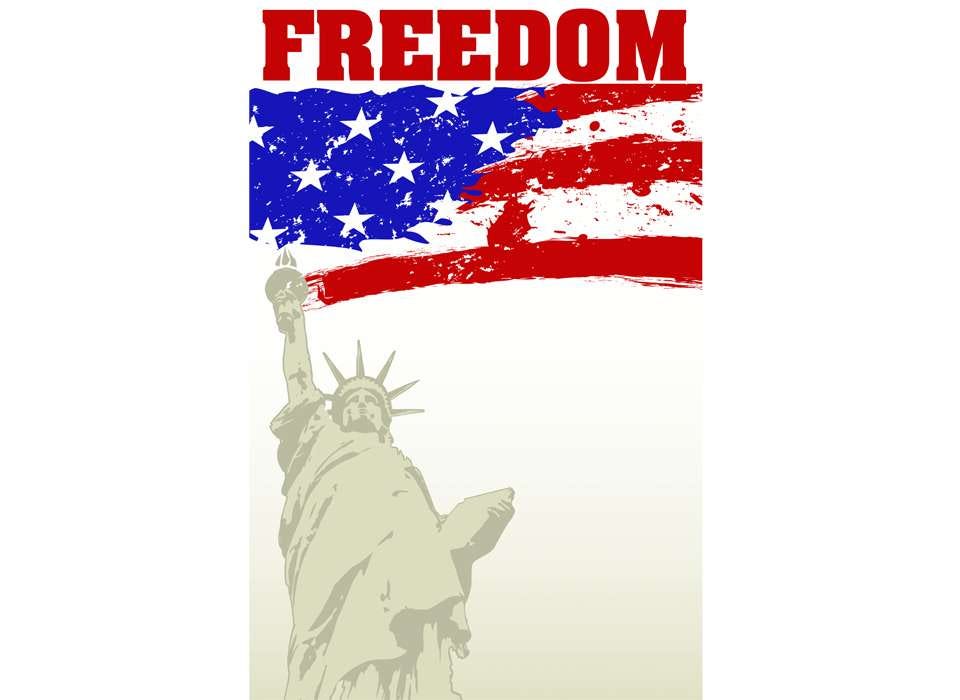The terms “Liberty” and “Freedom” are often used interchangeably, but they can have nuanced differences depending on the context in which they are used. Both are fundamental concepts in political philosophy, law, and civil society, and they are foundational to many democratic societies around the world. Here’s a brief overview of each:
Liberty
Liberty is generally understood to refer to a condition in which an individual can act in accordance with their own will, within the boundaries of laws or social constructs. It often refers to the absence of coercion or constraints, and may be associated with specific political and social settings. Liberty can be categorized in various ways:
Civil Liberty: Freedoms that protect the individual from government actions. Examples include freedom of speech, freedom of religion, and the right to privacy.
2. Political Liberty: The freedom to participate in a political life, including the right to vote and run for public office.
3. Economic Liberty: The freedom to engage in economic activities, like starting a business or choosing where to work, usually with minimal government intervention.
4. Positive Liberty: The freedom to fully realize one’s potential, often requiring a certain level of social services like education and healthcare.
5. Negative Liberty: Freedom from interference by other individuals or the government.
Freedom
Freedom is a broader term that refers to the power or right to act, speak, or think as one wants. While liberty is often considered a form of freedom, the concept of freedom can also encompass other aspects like emotional and psychological states. For example, one can be free from fear, want, or suffering. Freedom can be divided into various forms, such as:
Personal Freedom: The freedom of an individual to think and act without coercion.
Collective Freedom: A group’s ability to operate and express itself freely.
Freedom of Choice: The ability to choose from various options without coercion or limitation.
Intellectual Freedom: The freedom to express one’s beliefs, ideas, and theories.
Artistic Freedom: The freedom to create and express oneself through various forms of art.
Moral Freedom: The ability to act in accordance with one’s moral compass.
Psychological Freedom: Emotional or mental freedom, often from fear, anxiety, or other psychological constraints.
Nuanced Differences
While both Liberty and Freedom concern the individual’s ability to act without constraint, liberty often implies a set of particular social, political, or economic conditions that enable freedom. Freedom is more expansive and can refer to various types of ability or power, not always tied to laws or societal constructs.
It’s worth noting that both Liberty and Freedom have limitations, particularly when they impinge upon the liberties and freedoms of others. The balance of individual liberty and social responsibility is a subject of ongoing debate in many societies.
The terms can also take on different meanings, depending on the cultural or national context. In the United States, for example, “freedom” is often associated with individualism, while in many European countries, “liberty” might be more closely associated with social welfare and communal responsibilities.
Both liberty and freedom are complex concepts that are continually redefined and reinterpreted in various contexts, and remain central topics in philosophy, politics, and social discourse.





